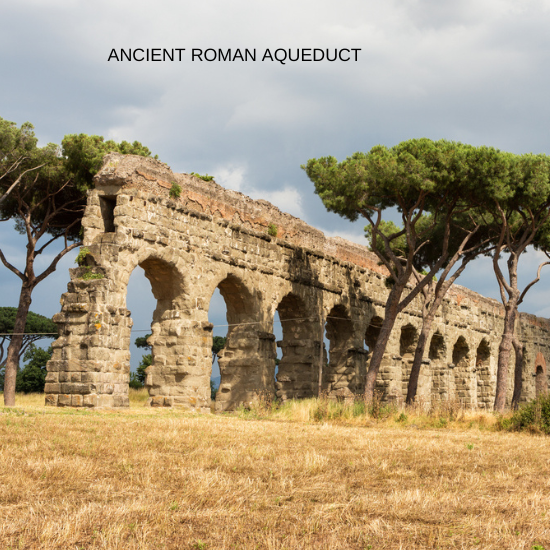For the homeowners of today, indoor plumbing is an invisible, almost mysterious process. There’s a complex network of pumps, heaters, pipes, and filters that have been built invisibly, lining a home.
You don’t need to know how any of this works, you only need to know how to turn a tap or turn a machine and the plumbing does the rest. That’s a far cry from the type of water access that most civilizations have had to struggle with for thousands of years.
The History of Indoor Plumbing
Easy access to indoor plumbing is a very recent thing on the scale of all of human history. The rest of the time before the 21st century, it was often an epic struggle.
Ancient Egyptians
Ancient Egyptians lived in a desert, and the only water they could reliably find came from the Nile River. However, for a culture to develop, it can’t just hug the shore of a river for its farming, residential and industrial needs, it must branch out and have more space.
That’s why the Egyptians eventually hit upon making pipes of clay to move that river water further inland. Eventually, they improved this technology to much sturdier copper, a material that some pipes still use even today.
Romans
Later, the Romans, seeing the value in this type of engineering would “scale up” the level to new, far more ambitious levels. To this day, their aqueducts are still viewed as an impressive piece of human engineering, as they carried incredible amounts of water across great distances to populated areas.
They even created the first indoor plumbing, branching off from the main aqueduct into individual homes. Even sewage management was a result of Roman experimentation, as they hollowed out elm logs and used them as pipes to carry away human waste.
French Royalty
The road to plumbing improvements is not always a steady one, and sometimes it can take a step back in the most surprising places, like with 18th-century French royalty. Marie Antoinette, as one example, was famous for her use of perfume.
But she did it to hide her own horrible smell, as well as defend herself against the stink of the rest of the French court because they usually bathed only about once a month. The reason for this was that unlike the Egyptians and Romans, French royalty didn’t have easy access to water and no indoor plumbing.
So the effort required to get enough water for a bath was only practical once a month. Worse yet, there was also no sewage management, and so with a palace filled with nobility, staff and visitors both liquid and solid waste piled up fast. It wasn’t uncommon to find rugs soiled, or urine staining floors, or even waste to simply be visible and ignored in royal chambers.
Modern Plumbing
Fortunately for modern homeowners, the plumbing of today is worlds apart from the complete lack for 18th-century French royalty. Modern showers can conserve water, and even provide different types of water pressure and streams.
Toilets work easily and efficiently to remove waste from a home while protecting everyone from unhealthy exposure. And even when things don’t work the way they should, a professional response is never far. Companies like L.E. Isley & Sons are always ready to help people living in Westfield, IN to get their water back up and running.

